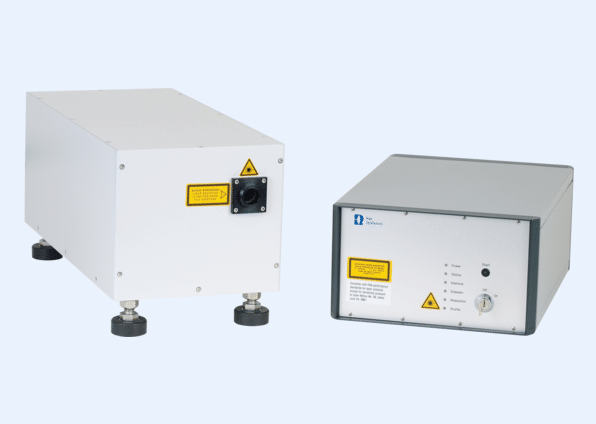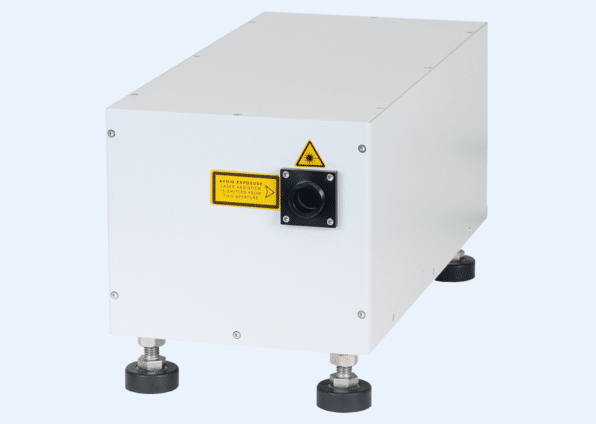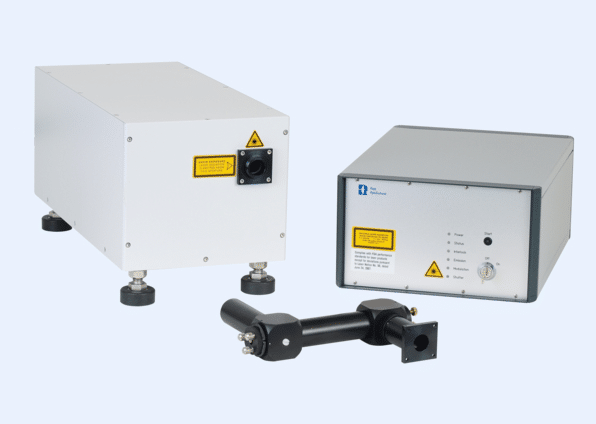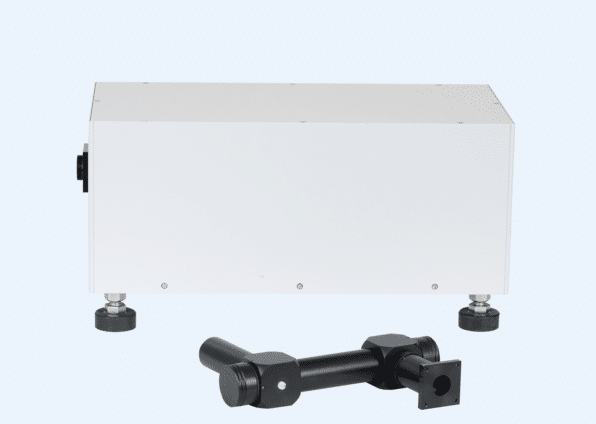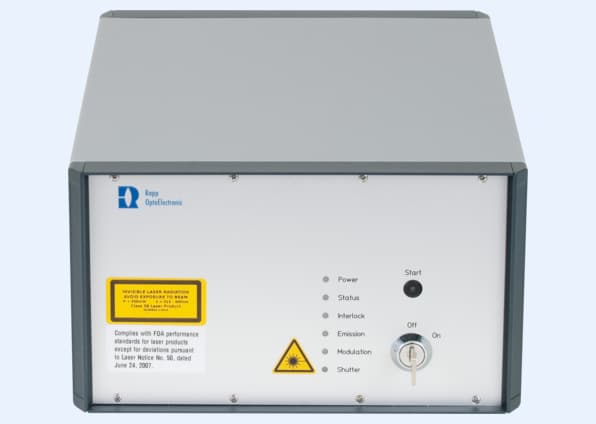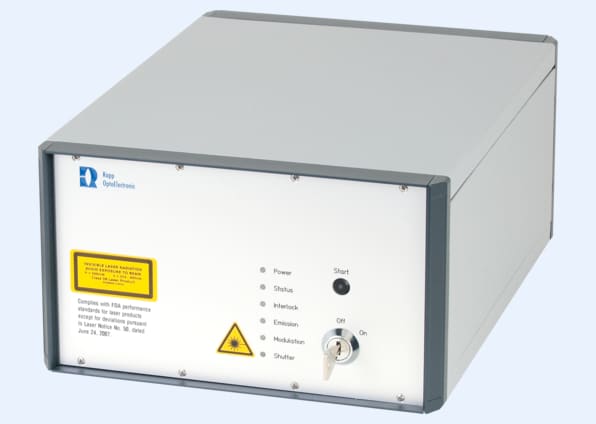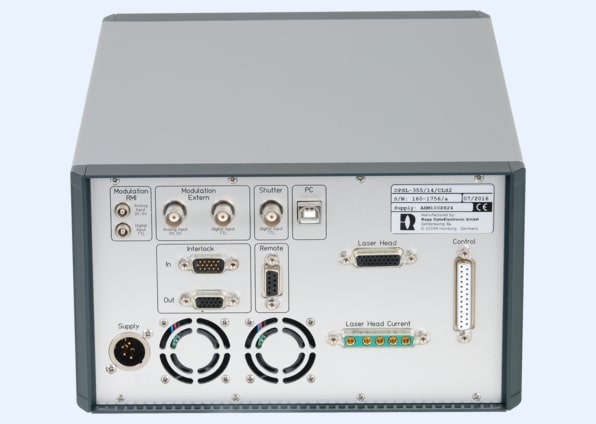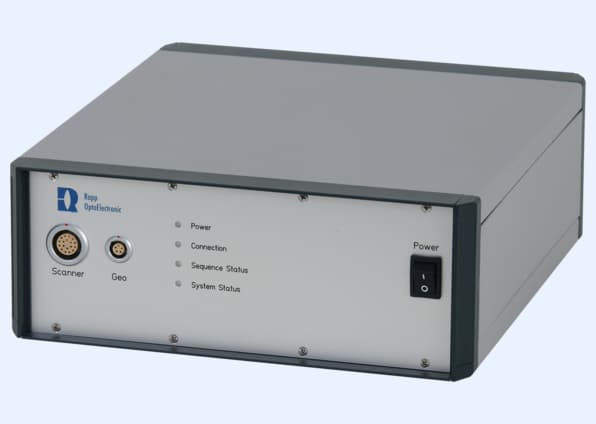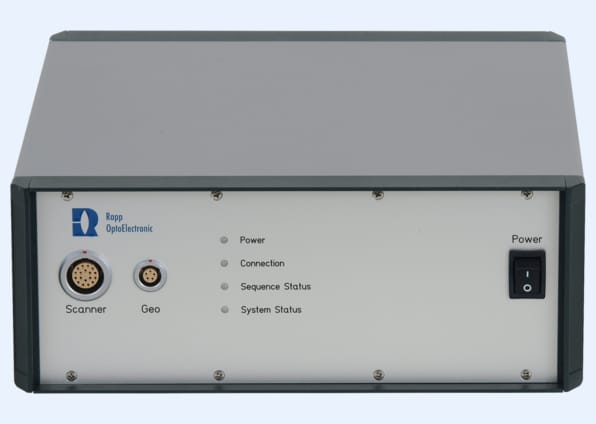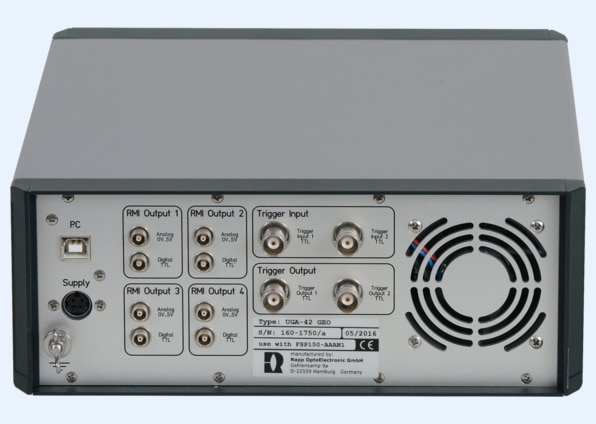UGA-42 Caliburn
Device for Localized Ablation, Controlled Laser Damage and Microdissection
The UGA‑42 Caliburn is the third member of the UGA‑42 series designed to produce localized, controlled damage in biological or other samples. It features a completely software implemented motorized laser focus and laser power attenuator. Similar to the UGA‑42 Firefly, the UGA‑42 Caliburn produces small focused laser spots in the field of view. In comparison to continuous-wave lasers coupled via an optical fiber, the UGA‑42 Caliburn is equipped with a pulsed laser directly coupled to the microscope setup. Various pulsed lasers with a high peak power are available depending on experimental needs (e.g. at 266 nm, 355 nm, 532 nm or others).
Modularity
The UGA‑42 Caliburn system comes with the UGA‑42 Firefly and allows to target the laser beam anywhere in the field of view with high precision. In addition, the Caliburn can be easily upgraded with the UGA‑42 Geo selectable shape scanning device. Up to three additional fiber coupled light sources can be used at the same time with the UGA‑42 Caliburn.
High Flexibility
Like all devices of the UGA‑42 series, the UGA‑42 Caliburn can be connected to almost all models of modern research microscope brands, giving you the possibility to choose the perfect microscope for your applications and individual needs. The optical setup gives you the freedom to attach the device as an add-on module to your microscope without interfering the usage of your existing setup (e.g. spinning disk, LSM, etc.).

